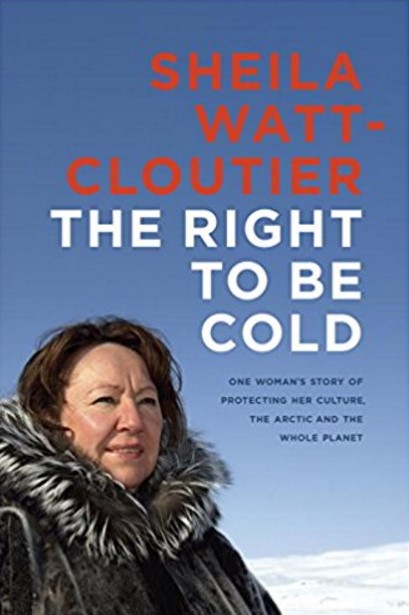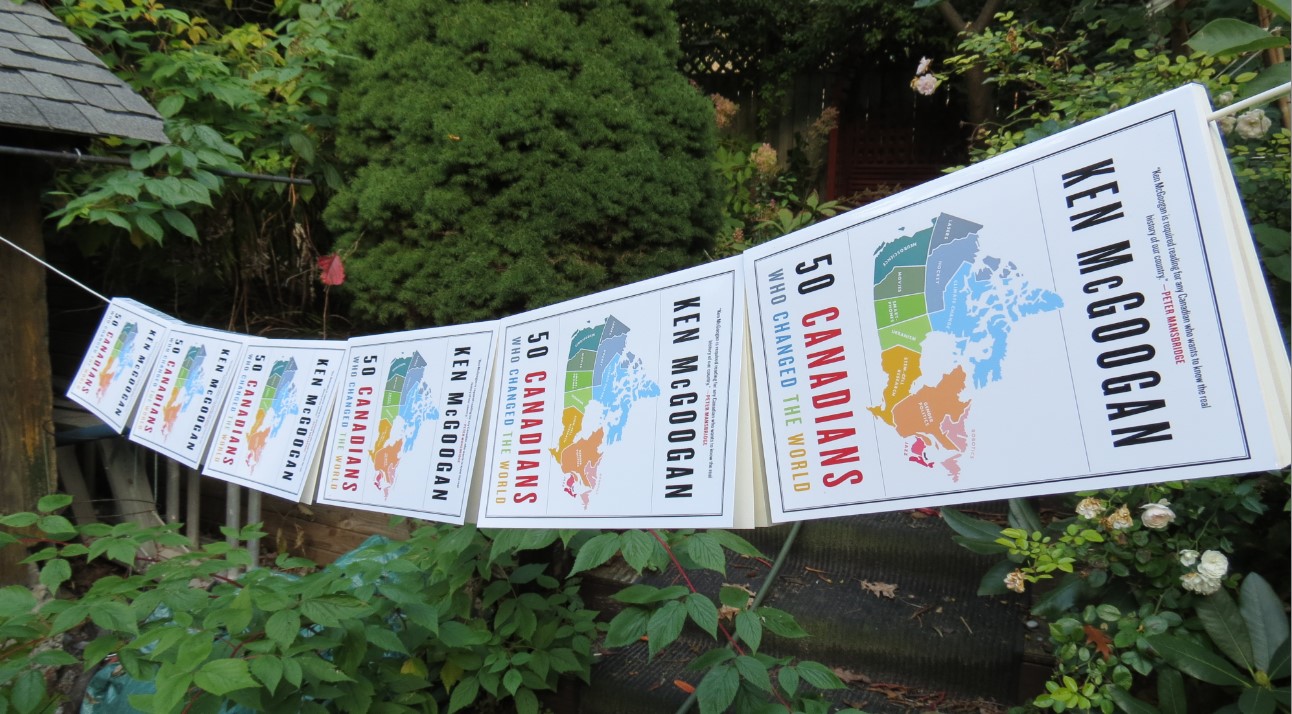Meet the Inuit activist who made climate change a human rights issue
In December 2005, Inuit author and activist Sheila
Watt-Cloutier launched the world’s first legal action on climate change when
she presented a 167-page petition to the Inter-American Commission on Human
Rights. Signed by sixty-two Inuit elders and hunters, it charged that unchecked
emission of greenhouse gases from the United States had violated Inuit cultural
and environmental rights as guaranteed by the American Declaration of the
Rights and Duties of Man.
Watt-Cloutier changed the world by making climate
change a human rights issue. So I argued, rightly I think, in 50 Canadians Who Changed the World. I
had organized my Outstanding 50, all born in the twentieth century, into six
broadly inclusive groups. Watt-Cloutier I profiled as primarily an activist. In
presenting the petition, she drew on an
exhaustive Arctic Climate Impact
Assessment (ACIA) prepared over four years by 300 scientists from fifteen
countries. It attested that the Arctic is experiencing some of the most rapid
climate change on earth. It predicted that the change would accelerate and
produce major physical, ecological, social, and economic consequences, and that
these would lead to worldwide global warming and rising sea levels. Some marine
species would face extinction, and the disappearance of sea ice would disrupt
and might destroy the Inuit’s hunting- and food-sharing culture.
Identifying
the Inuit as “the early warning system for the entire planet,” Watt-Cloutier
put a human face on the facts, figures, and graphs. “Climate change affects
every facet of Inuit life,” she said. “We have a right to life, health,
security, land use, subsistence and culture. These issues are the real politics
of climate change.” In 2008, when Time
magazine hailed her as one of a handful of “Heroes of the Environment,”
Watt-Cloutier said: “Most people can’t relate to the science, to the economics,
and to the technical aspects of climate change. But they can certainly connect
to the human aspect.” Her aim is to “move the issue from the head to the
heart.”
The following year, while accepting an honorary
doctor of laws from the University of Alberta, Watt-Cloutier reviewed how the
Inuit “have weathered the storm of modernization remarkably well, moving from
an almost entirely traditional way of life to adopting ‘modern’ innovations all
within the past sixty or seventy years.” But rapid changes and traumas “deeply
wounded and dispirited many,” she said, “and translated into a ‘collective
pain’ for families and communities. Substance abuse, health problems, and the
loss of so many of our people to suicide have resulted.”
Through all this, the Inuit drew strength from “our
land, our predictable environment and climate, and the wisdom our hunters and
elders gained over millennia to help us adapt.” Now, however, climate change
has made the environment unreliable and capricious: “Just as we start to come
out the other side of the first wave of tumultuous change, there is yet a
second wave coming at us. We face dangerously unpredictable weather, unpredictable
conditions of our ice and snow, extreme erosion, and an invasion of new
species. These changes threaten to erase the memory of who we are, where we
have come from, and all that we wish to be.”
Writing in 2012, I added a lot more. But obviously, I
could not include anything from The Right
to be Cold, a national bestseller Watt-Cloutier published in 2015. Seems to me that, along with 50
Canadians, we all should have that book on our bedside tables.


Must check that out.